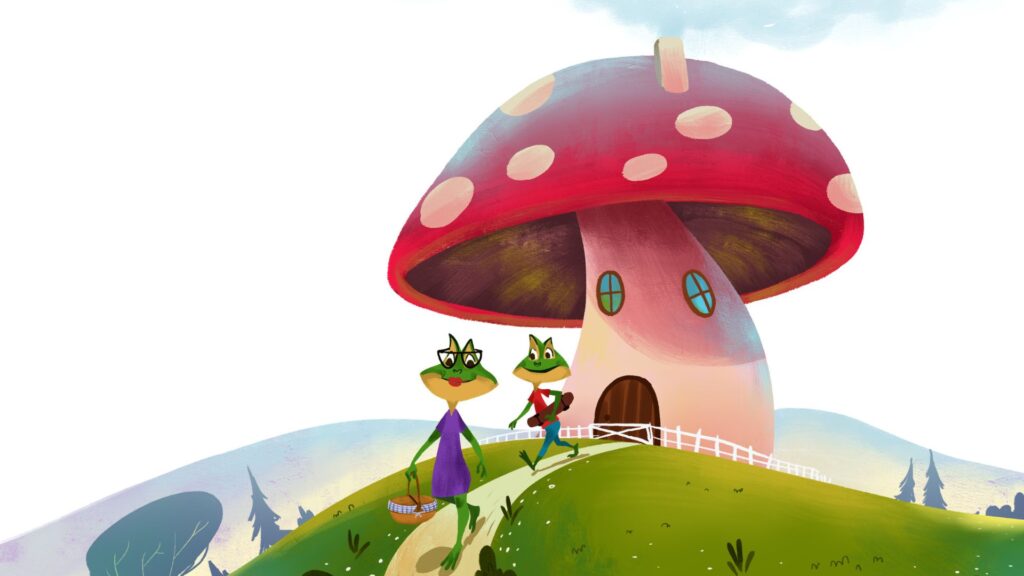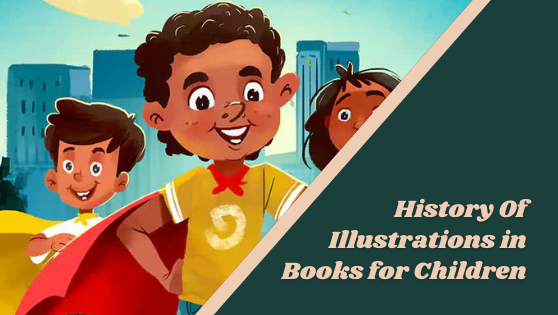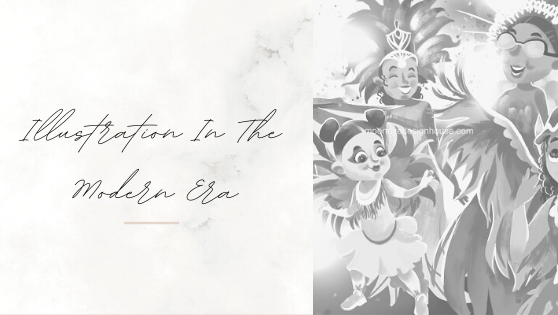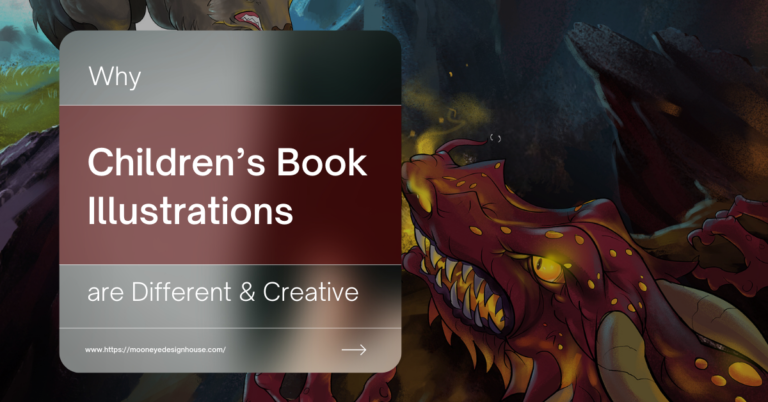Selecting the right children’s book illustration style is a critical step in bringing a story to life. The visual elements of a book play a vital role in capturing the attention and imagination of young readers. With a plethora of illustration styles available, authors and publishers must carefully consider several factors to ensure the artwork resonates with the target audience.
This article will explore key considerations for choosing an illustration style that complements the narrative and engages young minds.
Know Your Audience
Understanding the age group and preferences of your target audience is the first step in selecting an appropriate illustration style. Different age groups respond to distinct visual cues. Younger children, for instance, may be drawn to vibrant colors, bold shapes, and simple designs, while older children might appreciate more intricate details and nuanced illustrations.
Match the Tone of the Story
The illustration style should align with the tone and theme of the story. Consider whether the narrative is whimsical, adventurous, educational, or heartwarming. The chosen style should enhance the emotional impact of the storyline and create a cohesive reading experience.
Research Popular Styles
Explore popular illustration styles within the children’s book industry. Browse through successful children’s books and take note of the artistic techniques that resonate with readers. Contemporary styles like digital illustration, watercolor, and collage are widely embraced, but classic styles like pen and ink or hand-drawn illustrations still hold their charm.
Consider the Medium
The medium used for illustrations can significantly impact the overall style. Traditional mediums like watercolor, acrylic, or colored pencils may create a classic and timeless feel, while digital illustration can offer a modern and polished look. Consider the practical aspects, such as the availability of the chosen medium and its compatibility with printing processes.
Collaborate with an Illustrator
Choosing an experienced and compatible illustrator is a crucial aspect of defining the illustration style. Look for illustrators whose portfolio aligns with the vision of your book. Collaborate closely with the illustrator to communicate your expectations, preferences, and any specific details related to the story.
Evaluate Visual Consistency
Consistency in illustration style is essential for creating a visually harmonious book. The characters, backgrounds, and overall aesthetic should remain cohesive throughout the narrative. Consistent visual elements contribute to the book’s overall branding and recognition.
Test with Focus Groups
Before finalizing the illustration style, consider testing it with focus groups composed of the target age group. Gather feedback on their reactions to the visuals, and use this input to make informed decisions about the final illustrations. Children’s opinions can provide valuable insights into what resonates with them.
Conclusion
Choosing the right illustration style for a children’s book requires a thoughtful and collaborative approach. By understanding the target audience and aligning with the story’s tone, authors and publishers can enhance the overall reading experience and create a lasting impact on young readers. Remember, the perfect illustration style is the one that seamlessly weaves together with the narrative to create a captivating world for children to explore and enjoy.








